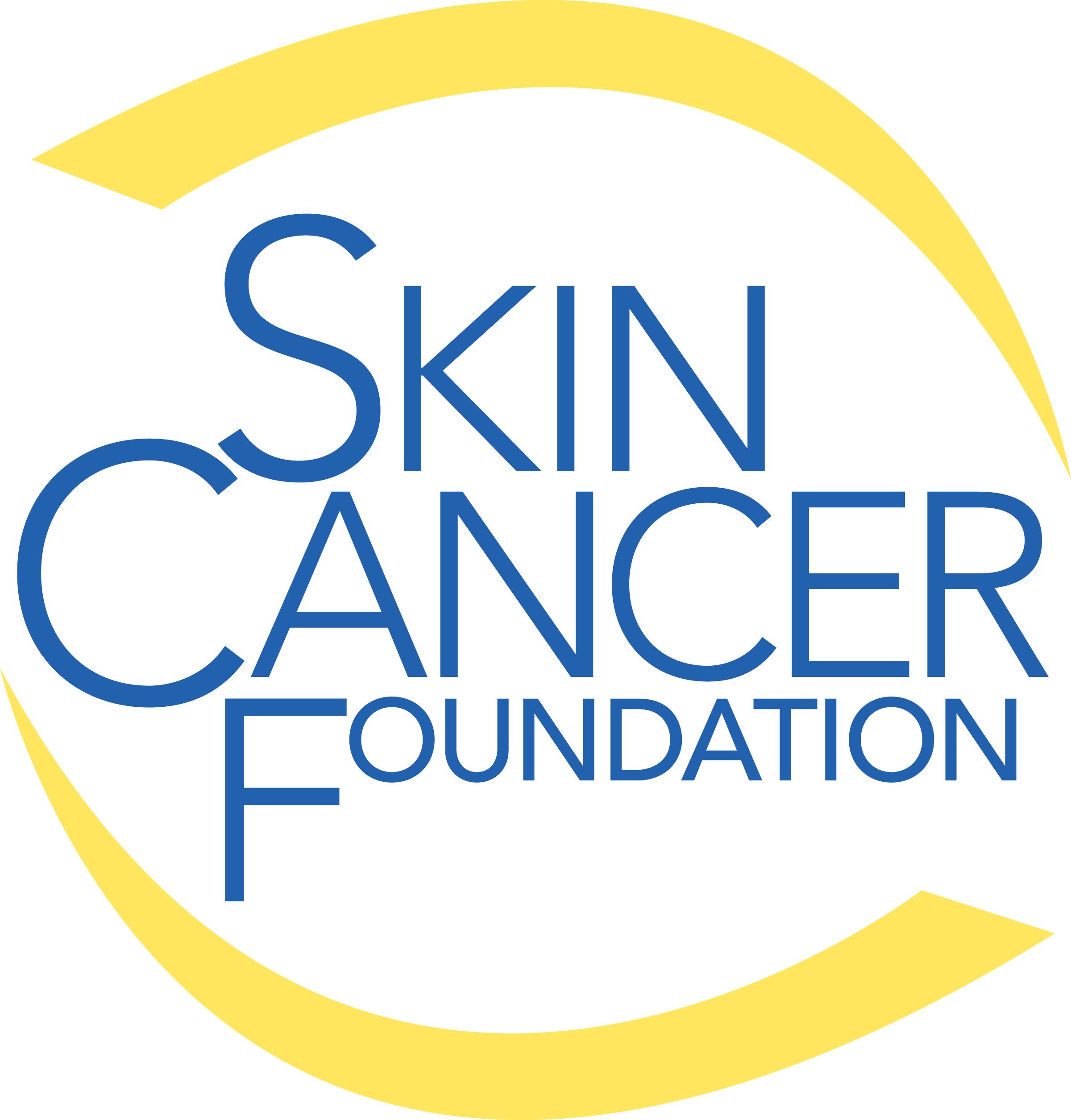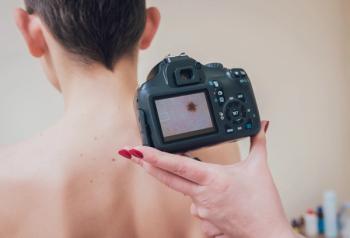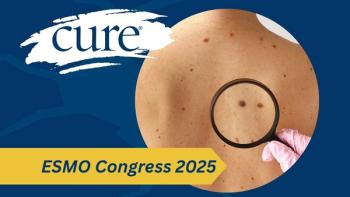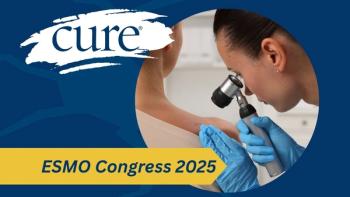
Indoor Tanning Won’t Cure Seasonal Affective Disorder

As the winter months stretch on, those looking to treat Seasonal Affective Disorder (SAD) may be tempted to use indoor ultraviolet (UV) tanning devices. Not only is indoor tanning a dangerous habit, it does not successfully treat SAD.
As the winter months stretch on, those looking to treat Seasonal Affective Disorder (SAD) may be tempted to use indoor ultraviolet (UV) tanning devices. Not only is indoor tanning a dangerous habit, it does not successfully treat SAD. Light therapy, an effective treatment for SAD, acts through the eyes and relies on visible light, whereas the dangerous UV radiation emitted by tanning beds is invisible light.
SAD is a form of depression believed to be caused by a hormonal imbalance that is commonly triggered during the shorter days of winter. Generally, levels of melatonin (a sleep-related hormone) in the body are higher at night and lower in the morning. For people with SAD, however, the cycle is often delayed, and melatonin levels remain elevated into the morning, causing them to oversleep or leaving them fatigued. Meanwhile, the brain’s internal clock relies on early morning light to keep circadian rhythms in sync with local time, but the late sunrises of winter deny our bodies that essential signal. Depression can result when we have to keep waking up while it is still dark.
In one study, 80 percent of frequent indoor tanners reported symptoms of SAD, and investigators speculated that some tanners use UV-emitting tanning beds to try to alleviate symptoms. But using indoor UV tanning beds seriously increases skin cancer risk. The dangers of indoor tanning are well documented: People who first use a tanning bed before age 35 increase their risk for melanoma, one of the most dangerous forms of skin cancer, by 75 percent. Women who have ever tanned indoors are six times more likely to be diagnosed with melanoma in their 20s than those who have never tanned indoors.
“The myth that indoor tanning is an effective treatment for seasonal affective disorder is incredibly dangerous,” says Deborah S. Sarnoff, MD, president of The Skin Cancer Foundation. “The temporary mood boost that a tanning device may provide is not worth risking your health.”
The Skin Cancer Foundation offers these healthy alternatives to ward off symptoms of SAD:
Sit by a light box for 30 minutes each morning.
A light box is a portable, visible light source that provides up to 10,000 lux (a measure of light’s intensity) and is up to 10 to 25 times as bright as ordinary lighting. A light box is equivalent to outdoor light about 40 minutes after sunrise and is beneficial in providing the body with enough visible light to decrease feelings of lethargy and fatigue by lowering the level of melatonin in the body. Choose a light box with 10,000 lux of illumination, since those offering fewer lux are not as effective. It is also important to use a UV filter and look for soft, white lights when shopping for a light box in order to minimize both UV radiation and blue light (which can also harm the eyes). The light should project downward toward the eyes to minimize glare. There’s some evidence that visible light treatment may cause skin damage. If you use a light box, be sure to apply sunscreen beforehand and cover up with clothing.
Make sleep a priority.
Adjust your schedule to fit in the Centers for Disease Control and Prevention’s (CDC) recommended seven to nine hours of sleep each night and wake up earlier to take advantage of natural light. Getting enough, but not too much, sleep is beneficial to both physical and mental health and helps stabilize mood and reduce anxiety. Establishing a nighttime routine to help you fall asleep at the same time each night is key.
Maintain a balanced diet.
Eating a well-balanced diet full of fresh fruits, vegetables, whole grains and calcium-rich foods, while reducing your intake of foods high in fats, sodium and added sugars, can help improve your energy level and relieve stress.
Find time for fitness.
Exercise has also been linked to improved mood, and relieves feelings of stress and anxiety, which are both symptoms of SAD. The CDC recommends 150 minutes of moderately intense aerobic activity every week. It’s best to exercise outdoors before or after the hours between 10 AM and 4 PM (when the sun’s rays are strongest). Always practice proper sun protection: this includes covering up with clothing, including a wide-brimmed hat and UV-blocking sunglasses, and applying a broad-spectrum (UVA/UVB) sunscreen with an SPF of 30 or higher to the entire body.
If you are experiencing symptoms associated with SAD, consult your physician before making any decisions. Symptoms of the disorder include hopelessness, anxiety, increased appetite, weight gain, a heavy feeling in the arms or legs, and loss of interest in activities.
For more information, visit





